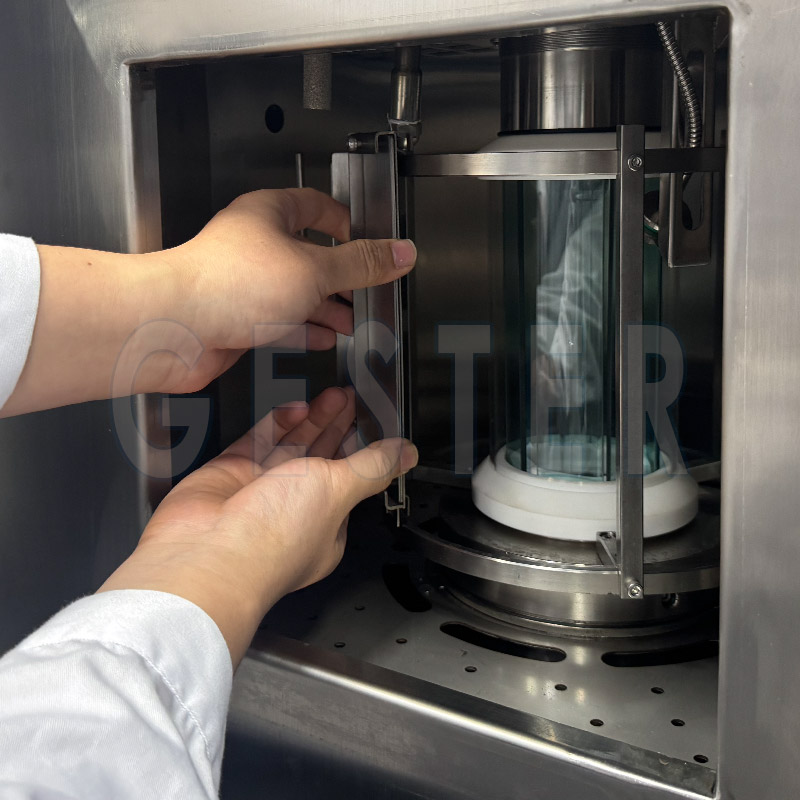In the increasingly competitive industrial packaging field, the production efficiency and quality of valve bags directly impact your market responsiveness and cost control. Say goodbye to the traditional model of unstable efficiency, reliance on human judgment for quality control, and lengthy changeover times. Xiamen Gachn gourp FK008 full servo valve bag making machine provides you with a one-stop, intelligent bag-making solution using cutting-edge technology.
Is your bag-making workshop facing the following challenges?
Production speed is hitting a bottleneck, making it difficult to meet peak season order demands?
Frequent quality issues such as bag size deviations and loose valve adhesion lead to customer complaints?
Complex and time-consuming machine setup when changing production specifications results in significant waste of materials and time?
Over-reliance on skilled operators and a lack of effective data management?
If any of these issues resonate with you, then the FK008 will be the key to breaking through your limitations.
I. Ultimate Efficiency: Full Servo Drive, Unleashing the Production Potential of 120 Bags/Minute
Traditional mechanical transmission methods are limited in speed and difficult to adjust. The FK008 employs a full servo drive system, giving the equipment flexible "joints and muscles."
High-speed and stable operation: The equipment operates at a stable speed of up to 120 bags/minute, allowing you to achieve output far exceeding competitors per unit time.
Quick changeover: Parameters such as bag length and width are set with a single touch on the touchscreen, and the servo system automatically adjusts accordingly, significantly shortening specification changeover time and improving responsiveness for small-batch, multi-specification orders.
II. Precision and Reliability: Top-tier components and unique processes ensure perfect quality for every bag.
We believe that stability stems from precise control of every detail.
Globally leading web guiding system: Utilizing web guides from German brands such as BST/FIFE, it ensures that the centerline error of the roll material is stably controlled within ±1mm during transport, laying a precise foundation for subsequent cutting and laminating processes.
Patented Bag Opening and Forming Technology: A unique bag opening process combining negative pressure adsorption and a servo lever ensures stable bag opening and full forming, providing optimal conditions for subsequent valve sealing and filling.
Constant Temperature Heat Sealing Welding: A professionally designed welding system equipped with constant temperature control ensures uniform, firm, and reliable welding strength between the valve and the bottom label, preventing delamination and leakage.
III. Intelligent Inspection: A vision system acts as a "quality inspector," significantly reducing the defect rate.
Human eye inspection is prone to fatigue and oversights. The FK008 can be equipped with a high-speed vision inspection system, giving product quality "eagle eyes."
Dual Camera Collaborative Operation: One 4K linear infrared camera inspects the base fabric appearance, and one 4K linear monochrome camera inspects the bag opening appearance.
Ultra-Low Rejection Rate: The system achieves an excellent rejection rate of <0.15% and a scrap rate of ≥96.5%, automatically rejecting defective products to ensure only qualified products flow out, effectively protecting your brand reputation.
IV. Stable and Durable: International Brand Components, Building the Equipment's "Strong Heart"
Investing in equipment is about long-term return on investment. The FK008 makes no compromises on core components:
Control System: Schneider PLC, servo motors, and touchscreen ensure accurate and stable commands during long-term operation.
Pneumatic System: SMC (Japan)/FESTO (Germany) cylinders and solenoid valves provide durable and reliable power.
Actuators: Japanese SHIMPO servo planetary reducers and NSK bearings ensure smooth transmission and long-lasting durability.
This is not just a configuration list, but our solemn commitment to low failure rate and long lifespan for our equipment.
V. Worry-Free Service: From Installation to Production, We Provide Comprehensive Support
We offer more than just equipment; we provide a complete solution.
Professional Training: We send technicians to your factory to provide comprehensive training on equipment operation, adjustment, and troubleshooting.
Robust Warranty: The equipment comes with a one-year warranty and lifetime technical support.
Spare Parts Support: A set of easily damaged parts is provided randomly, along with a clear list of easily damaged parts, giving you peace of mind.
Choosing the FK008 full-servo valve bag maker means choosing to inject new genes of efficiency, precision, intelligence, and reliability into your packaging production line. This is not just an equipment upgrade, but a comprehensive leap forward in your market competitiveness.
Take action now and let FK008 empower your business growth!
Contact us for customized technical solutions and quotations
Download the FK008 detailed technical parameter manual now






